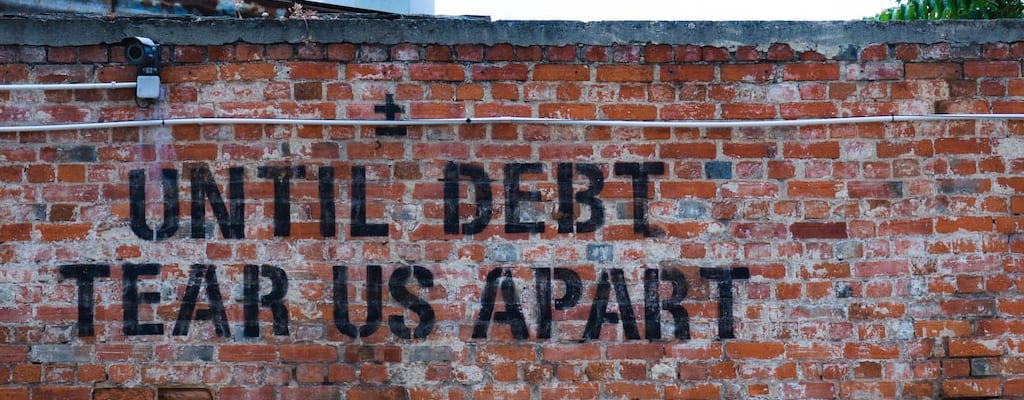stay the course: Idiom Meaning and Origin
What does ‘stay the course’ mean?
"Stay the course" means to continue with a plan or task despite difficulties or opposition, showing determination and perseverance.

Idiom Explorer
The idiom "the show must go on" means that a performance or event should continue even if there are problems or obstacles. It emphasizes the importance of perseverance and carrying out responsibilities regardless of difficulties.
The idiom "stick with" means to continue with or remain loyal to something or someone. It implies not giving up or changing one's mind despite difficulties or temptations.
The idiom "stay put" means to remain in one place or position without moving or changing, often referring to staying in the same location or not leaving a certain spot.
The idiom "stay on" means to continue to work or be employed in a certain place or position for a period of time.
The idiom "stay in one's lane" means to stick to one's area of expertise or responsibility and not to meddle or interfere in areas that are outside of one's knowledge or authority.
The idiom "stay behind" means to remain in a place or position after others have left. It implies a deliberate choice to not move forward with others or to stay out of sight for various reasons.
The idiom "stand with" means to support or be in solidarity with someone or a cause. It implies taking a stance on an issue or aligning oneself with a particular person or group.
The idiom "stand up" means to remain resolute or loyal in a difficult or challenging situation. It can refer to someone upholding their principles or to someone defending or supporting someone else.
The idiom "stand the test of time" means to remain successful, popular, or effective over a long period. It implies that something has endured and retained its value or relevance despite the passage of time.
The idiom "stand tall" means to be confident and proud, especially in the face of adversity or criticism.
Unwavering Determination
The idiom "stay the course" in American English conveys the idea of perseverance and remaining steadfast in the face of challenges or difficulties. It is commonly used in various contexts - political, business, and personal - to encourage individuals or groups to continue on their chosen path, regardless of obstacles or doubts.
The phrase "stay the course" has its roots in nautical terminology. The word "stay" refers to a heavy rope or cable that supports the mast of a sailing ship. In this context, "stay the course" means maintaining the ship's intended direction by securing the stays and resisting external forces that may attempt to alter the course. The phrase can be traced back to the 19th century in literary works and documents.
During the 20th century, the metaphorical usage of "stay the course" gained popularity in the United States. It became especially prominent in political discourse, with notable instances of President Franklin D. Roosevelt using the phrase in reference to World War II strategies. Since then, political leaders have repeatedly used the idiom to inspire determination and fortitude in the face of challenges. Consequently, it has become ingrained in American culture, appearing in media, speeches, and everyday conversations.
Throughout its usage, "stay the course" has become synonymous with qualities like resilience, determination, and single-mindedness. It encourages individuals or groups to remain steadfast and committed to their goals, despite setbacks or doubts that may arise. The idiom implies a sense of responsibility and accountability, urging individuals to persevere and stay on track rather than succumbing to distractions or temptations.
In business, "stay the course" emphasizes the importance of sticking to a predetermined strategy or plan, especially in challenging or uncertain times. It reminds individuals to resist the temptation to deviate from long-term objectives and to maintain consistency in decision-making.
On a personal level, "stay the course" offers motivation and encouragement to individuals facing difficulties, setbacks, or moments of doubt. It reinforces the idea that perseverance and determination, even in the face of adversity, can lead to eventual success or achievement. By staying the course, individuals are encouraged to stay focused on their goals and not be deterred by temporary obstacles or setbacks.
While "stay the course" is a powerful idiom that conveys determination and resilience, it is important to consider the potential drawbacks of blindly adhering to a course of action. The idiom does not account for the need to reassess or adapt strategies when necessary, particularly in light of new information or changing circumstances. Additionally, staying the course may not always be the most effective or efficient approach, as it requires balancing perseverance with flexibility.
Despite these considerations, the lasting popularity and enduring relevance of the idiom "stay the course" reflect its ability to encapsulate a fundamental aspect of human perseverance, determination, and commitment. Whether used in political, business, or personal contexts, the phrase serves as a rallying cry to remain steadfast and focused on the chosen path, while recognizing the need for balance and adaptability. In a society that values resilience and the pursuit of goals, the concept of staying the course continues to resonate and inspire individuals to persevere in the face of challenges and uncertainties.
Example usage
Examples of how the idiom *stay the course* can be used in a sentence:
- Despite facing obstacles, it is important to stay the course and continue working towards your goals.
- The captain instructed the crew to stay the course, even in rough weather conditions.
- In difficult times, it can be tempting to give up, but it is crucial to stay the course and persevere.
More "Persistence" idioms



